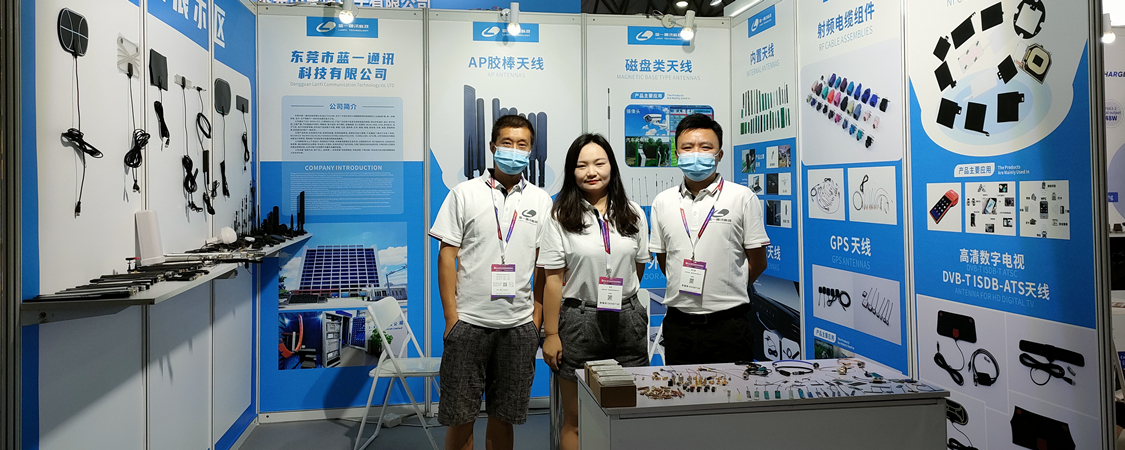When choosing a vehicle antenna, you can consider the following factors:
Frequency range: Based on the required communication frequency (such as radio, satellite navigation, etc.), select the frequency range that the antenna can cover. Generally speaking, multipurpose antennas are able to cover a wider frequency range, but specialized antennas may have better performance at specific frequencies.
Gain: The gain of an antenna determines the strength of its signal reception or transmission. The higher the gain, the farther the signal travels. Select the appropriate gain based on the desired signal range and strength.
Antenna type: Car antennas are usually divided into magnetic patch antennas, glass patch antennas, shark fin antennas, etc. The magnetic patch antenna is suitable for magnetic installation and can be easily used and replaced. The glass patch antenna is suitable for fixing on the vehicle glass, which can reduce the impact on the appearance of the vehicle. The shark fin antenna is an antenna installed on the roof of the car and has a high gain.
Materials and quality: Choose better quality antenna materials to provide more stable and reliable signal reception and transmission. Durability and water resistance are also factors considered to adapt to the vehicle’s use in different environments.
Installation and adjustment: Make sure the antenna you choose is easy to install and adjust. Some vehicle antennas may require a professional installation or adjustment process, while others may have simpler mounting designs.
To sum up, when choosing a vehicle antenna, you need to comprehensively consider the specific needs and vehicle characteristics to select the appropriate frequency range, gain and antenna type, while paying attention to the antenna quality and ease of installation.
You can contact us to debug the car antenna, we are a professional antenna factory with 12 years of experience, professional engineers and laboratories to serve you!
Post time: Sep-16-2023


